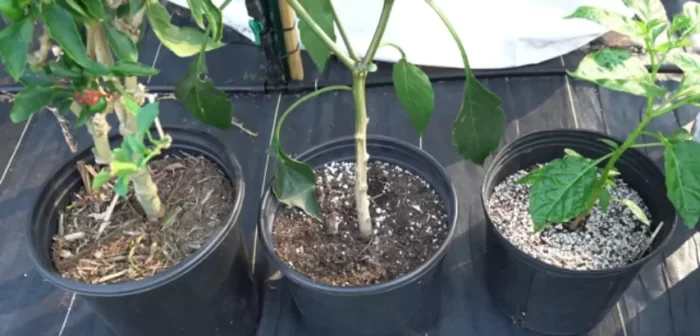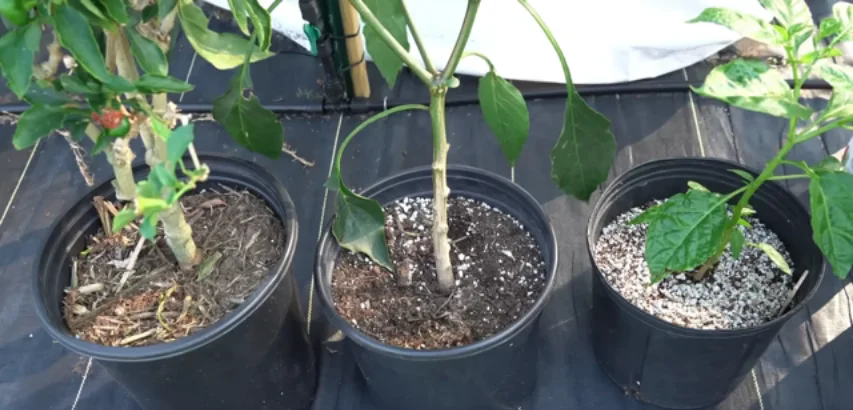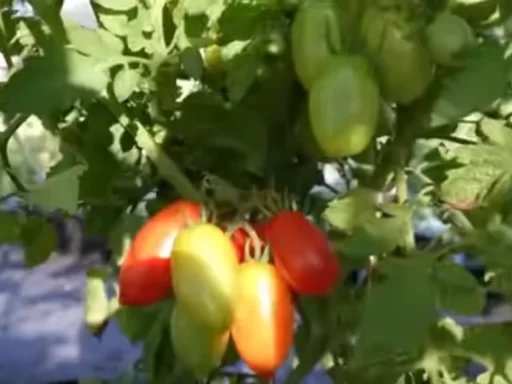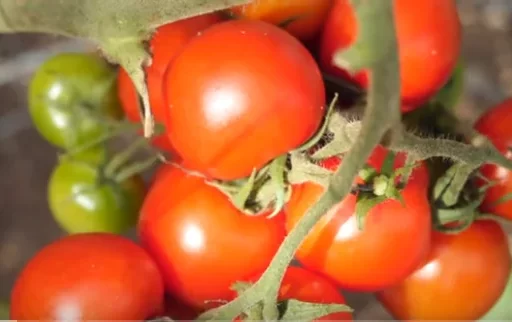Growing healthy, productive pepper plants in containers is a rewarding task for gardeners. Whether you’re a seasoned gardener or just starting, container gardening provides flexibility and control. This article will walk you through five essential steps to help you grow the biggest and most productive pepper plants in containers. By following these steps, you’ll be able to enjoy fresh, homegrown peppers all season long.
Step 1: Choose the Right Container Size
The first and most crucial step in growing productive pepper plants is selecting the right container size. The container you use for growing peppers can significantly affect how well the plants thrive. Based on over 15 years of experience in container gardening, I’ve found that a three-gallon nursery container works best for most pepper plants. It offers a perfect balance between providing enough room for the plant’s roots and minimizing the need for constant watering.
Why Container Size Matters
While smaller containers (like two-gallon ones) may seem convenient, they require more frequent watering, especially in the summer heat. If you can’t water the plants multiple times a day, using a smaller container might lead to them drying out quickly. On the other hand, larger containers (such as five-gallon buckets) provide more room for root growth but require more potting mix, which can raise costs.
You can choose between hard plastic nursery containers and fabric grow bags. Both options work well, but keep in mind that fabric bags tend to dry out more quickly, requiring extra watering.
Step 2: Use Quality Soil and Amend It Regularly

The second essential step to growing healthy pepper plants in containers is to amend the soil regularly with organic fertilizers. When growing peppers (or any plants) in containers, it’s essential to recognize that the nutrients in the soil will deplete quickly. Unlike in-ground plants, where roots can spread out to find nutrients, container plants are limited to the small amount of soil in the pot.
Organic Fertilizers: The Key to Healthy Plants
To keep your peppers thriving, use an organic all-purpose fertilizer with an NPK ratio of around 5-5-5. In addition, supplement with organic bone meal to provide extra phosphorus and calcium, which are critical for boosting fruit production. Regularly fertilizing every seven to ten days will ensure that your pepper plants receive the nutrients they need to grow strong and produce large yields.
Be cautious when watering, as overwatering can flush out nutrients from the container. A good practice is to sprinkle the fertilizer around the base of the plant and lightly work it into the soil to ensure it is absorbed over time.
Step 3: Fertilize with Water-Soluble Nutrients
While organic fertilizers are excellent for long-term nutrition, your pepper plants will also benefit from an occasional boost of water-soluble fertilizers. These fertilizers are processed to be immediately available to the plants, which is especially helpful in container gardening where nutrient availability can be limited.
How to Use Water-Soluble Fertilizers
Mix an organic fish fertilizer with a high-quality synthetic fertilizer, such as J.R. Peters 20-20-20 or Miracle-Gro Tomato fertilizer, for an ideal balance of nutrients. Using a watering can, apply the mixture to the plants every 7-10 days, making sure to wet the soil thoroughly. This ensures that the nutrients reach the roots and are absorbed quickly.
Step 4: Pro Tips for Maximizing Pepper Growth
To get the best results from your pepper plants, here are some additional pro tips that can make a big difference:
- Sunlight: Peppers are sun-loving plants, requiring at least 6-8 hours of direct sunlight per day. If you can provide 10 hours or more, the plants will flourish, but be careful of excessive sunlight in extremely hot climates. In those cases, some afternoon shade might benefit the plants.
- Potting Mix: Choose a high-quality, all-purpose potting mix that retains moisture well, as peppers have a high water demand, especially in the summer heat. You can either purchase a pre-made potting mix or create your own using affordable materials.
- Pruning: Contrary to popular belief, pruning pepper plants is not necessary for achieving high yields. In fact, pruning can expose the plant to diseases. Only prune diseased leaves if necessary to maintain plant health.
Step 5: Overwintering Pepper Plants for Continuous Growth
Did you know that pepper plants are perennials? They can live for several years if protected from frost and extreme cold. One of the most exciting aspects of container gardening is the ability to overwinter your pepper plants.
How to Overwinter Your Pepper Plants
If you live in a region where temperatures drop below freezing, simply bring your container-grown pepper plants indoors during the colder months. With proper care, they can continue producing peppers throughout the winter. For example, I have a pepper plant that is over three years old, and it continues to produce peppers because I’ve overwintered it each year by moving it indoors during the colder months.
Frequently Asked Questions (FAQs)
- What is the best container size for growing pepper plants?
- A three-gallon nursery container is ideal for pepper plants, providing enough room for root growth without requiring constant watering.
- How often should I fertilize my pepper plants in containers?
- It’s recommended to fertilize every 7-10 days when growing peppers in containers, especially in regions with frequent rain.
- Can I use a fabric grow bag for my pepper plants?
- Yes, fabric grow bags work well but dry out faster than plastic containers, so they require more frequent watering.
- Do I need to prune my pepper plants?
- Pruning is not necessary for pepper plants unless you are removing diseased leaves. They grow perfectly fine without it.
- What type of soil is best for container-grown peppers?
- Use a high-quality all-purpose potting mix that retains moisture but doesn’t become waterlogged.
- How many hours of sunlight do pepper plants need?
- Pepper plants thrive with at least 6-8 hours of direct sunlight per day. In extremely hot climates, some afternoon shade may be beneficial.
- Can I overwinter my pepper plants?
- Yes! Pepper plants are perennials and can be overwintered by bringing them indoors during colder months.




